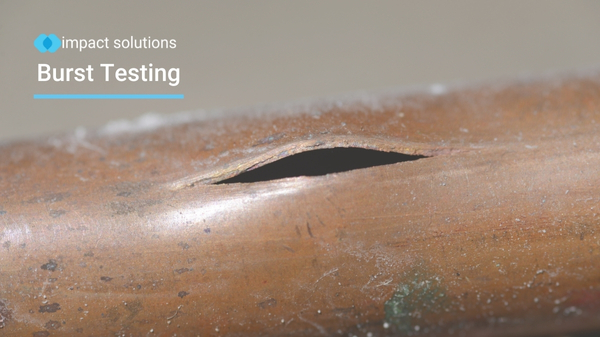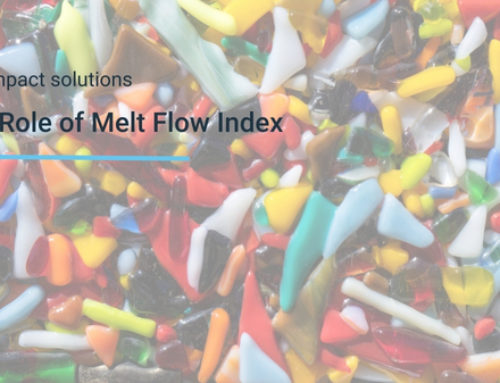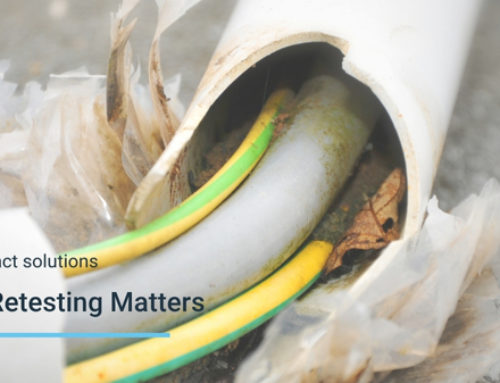Burst testing is a crucial method for proving the safety and reliability of pressurised components. From industrial hoses and pipes to storage tanks and pressure vessels, every product designed to withstand internal pressure must be tested to its limits. By intentionally pushing equipment until it fails, burst testing provides critical data that helps manufacturers ensure compliance, improve designs, and guarantee safe performance in real-world conditions.
In this post, we will explore what burst testing is, how it applies to hydrogen applications, and how compliance with ISO 1402 and UN Regulation No. 134 ensures the highest standards of safety.
What is Burst Testing?
Burst testing is a destructive test method used to determine the pressure at which a component fails. By gradually increasing pressure until the material ruptures, our team can verify whether the product meets safety requirements for its intended use.
This is especially important in hydrogen systems, where pressures can exceed 1,000 bar. A failure in storage or delivery systems could have severe safety consequences, making rigorous testing essential.
Low-Pressure Burst Testing (ISO 1402)
For many industrial applications, low-pressure burst testing provides a baseline for safety validation. At our facility, we perform burst tests at lower pressures, following the principles of ISO 1402.
ISO 1402 is commonly used for hydraulic hose assemblies, but we adapt the methodology for a bespoke testing approach. This flexibility allows us to test unique client components while still maintaining international testing standards.
High-Pressure Burst Testing for Hydrogen Applications
Hydrogen storage and transport require much more demanding testing procedures. Our equipment is designed for high-pressure burst testing up to 2,000 bar, making it suitable for advanced hydrogen technologies.
Our testing capabilities can be applied to:
- Sections of pipe used in hydrogen infrastructure
- Small-scale hydrogen storage tanks
- Hydraulic hoses designed for high-pressure systems
- Pressure vessels requiring extreme durability
- Pipe fittings and connectors under variable loads
This breadth of capability means we can support manufacturers, research organisations, and automotive companies in validating their hydrogen solutions.
Compliance with UN Regulation No. 134
Safety regulations are evolving as hydrogen adoption grows. One of the key international standards is UN Regulation No. 134, which sets out requirements for hydrogen and fuel cell vehicles.
Our laboratory provides testing to meet these requirements:
- Part 1 compliance: We can perform the full suite of tests required under Part 1.
- Part 2 compliance: Some aspects of Part 2 are available, depending on specific client needs.
For organisations developing hydrogen storage tanks or onboard fuel systems, this ensures confidence that their products align with regulatory expectations.
Why Burst Testing Matters for Hydrogen Safety
Hydrogen offers enormous potential as a clean energy carrier, but safety is paramount. Components in hydrogen systems must handle pressures far beyond typical industrial standards. Burst testing provides assurance that every pipe, tank, or hose has been rigorously validated.
Choosing a facility that offers both bespoke low-pressure testing and extreme high-pressure testing ensures flexibility for multiple applications. From prototype validation to regulatory compliance, burst testing is a critical step in the hydrogen innovation pipeline.
Frequently Asked Questions (FAQ)
What is the difference between low-pressure and high-pressure burst testing?
Low-pressure burst testing (ISO 1402) is often used for components like hydraulic hoses, while high-pressure burst testing can exceed 1,000 bar and is essential for hydrogen storage tanks, pipes, and pressure vessels.
Why is burst testing important for hydrogen storage?
Hydrogen systems operate under extreme pressures. Burst testing ensures components can safely withstand these conditions, reducing the risk of catastrophic failures in storage, transport, and fuel cell applications.
What standards apply to burst testing for hydrogen?
We follow ISO 1402 for low-pressure testing and conduct high-pressure testing in line with international hydrogen storage standards. We also offer compliance testing to UN Regulation No. 134, which governs hydrogen and fuel cell vehicle safety.
Can you test components other than hydrogen tanks?
Yes. In addition to hydrogen storage tanks, we test pipes, hydraulic hoses, fittings, and pressure vessels. Our equipment is versatile and can be adapted for a wide range of pressurised components.
Do I need UN Regulation No. 134 testing?
If you are developing hydrogen storage tanks or systems for fuel cell vehicles, compliance with UN Regulation No. 134 is essential. Part 1 is mandatory for many applications, while Part 2 applies to specific scenarios.
We Meet Your Testing Needs
At our laboratory, we combine deep technical expertise with specialised equipment capable of testing up to 2,000 bar. Our services are designed to give manufacturers, engineers, and researchers the confidence that their e systems will perform safely in the field.
Whether you need testing in line with ISO 1402, UN Regulation No. 134, or a customised test programme, we can deliver results that meet both technical and regulatory requirements.
Contact us today to discuss your burst testing requirements.
Don't forget to follow us on LinkedIn, Facebook and Instagram for more service updates and insights into the latest industry news.





